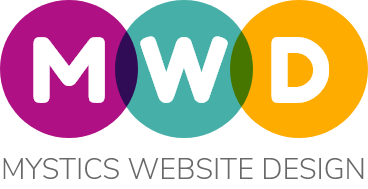So you want to be on the first page of google? We all do! But it’s not as simple as having a beautiful website.
Businesses need to remember that it’s what’s on the inside that counts. While it’s important to have an aesthetically pleasing website your website also needs to be as effective as possible. So how can we get your beautiful website to rank better?
There are many ways to improve your search engine rankings. For this post we are going to show you 3 ways to optimise your websites content:
- Correct Keywords
- Title Metadata
- Image SEO
Let’s break it down into a bit more details:
1. Correct Keywords
As a website owner, you want your keywords to be relevant to what your target market is searching for in search engines. Keywords are topics or ideas that define what your content is about. Your website’s goal is to rank on search engines to gain more organic traffic to your site, you do this through using keywords.
Keyword research is really important. It helps you understand exactly what words your target market is using to find what they need. It’s important to be clear and descriptive with your keywords, this can be done through using long-tail keywords. The popular search engines we use are getting better and better at understanding how to search using longer sentences. Gone are the days where we type ‘dog food’, we can now type ‘best organic dog food for cavoodles’ and see the results we need.
2. Title Metadata
Where do we even begin here? We’ll try and keep it simple. Page Titles and Meta Descriptions are short pieces of HTML code. This is what you see when you are in a search engine and you see the website title and a little blurb description. This piece of information is very important in SEO land as it helps the user find exactly what it is they’re looking for. The more optimised this content is, the better! Metadata is doing all the work in the background, so this is why we need the front end to be as optimised as possible!
For example, if you have a web page or blog written about travel, rather than saying “How to travel Italy”, you would optimise it better by saying “How to travel Italy by train (and on a budget!)”.
3. Image SEO (also known as alt tags)
Did you know that you can optimise your images? Images are no longer just pretty pictures, you can get your websites images to work for you! This is done through optimising the backend (metadata) of your website. When you load an image onto your website, there is always an option to alt and title attributes (alt text and title tag).
So, why should you do this, apart from the obvious? Well, for the blind and visually impaired people, alt text can provide an in depth description of what the image is and is a great tool to describe what it is. What’s more is Google actually prefers it if you use the alt text option for all your photos. Focus on using useful and information-rich content that will use your keywords appropriately.
Here’s an example, if you provide templates for businesses you might use ‘email newsletter template design’ as the image alt text. Not only will you show up in the regular search, but you’ll also rank better in the images section of search engines too.
We hope this information has helped you out as to why these areas are important to optimise for your business.

